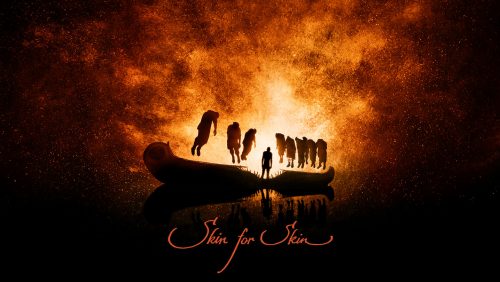
Skin for Skin is a dark allegory of greed and spiritual reckoning set during the early days of the fur trade.
In 1823, the Governor of the largest fur-trading company in the world travels across his Dominion, extracting ever-greater riches from the winter bounty of animal furs. In his brutal world of profit and loss, animals are slaughtered to the brink of extinction until the balance of power shifts, and the forces of nature exact their own terrible price.
With nods to Melville and Coleridge, directors Carol Beecher & Kevin Kurytnik have created a visually stunning contemporary myth about the cost of arrogance and greed.
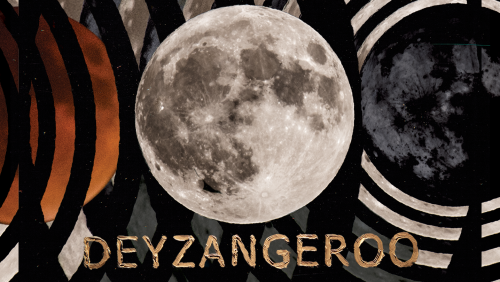
“Deyzangeroo” is a ritual performed in the Iranian port city of Bushehr. Influenced by the city’s colonial rule by the British and Portuguese, and the African slaves that followed, it is imbued with the terror and magic of the lunar eclipse. The ritual is believed to ward off evil spirits and take back the moon. It works every time. Directed by Iranian-Canadian filmmaker Ehsan Gharib and produced by the National Film Board of Canada’s Maral Mohammadian, this animated short was made with the haunting music of composer and virtuoso percussionist Habib Meftah Bushehri. It features hand-painted animation, time-lapse photography and trick photography using mirrors.
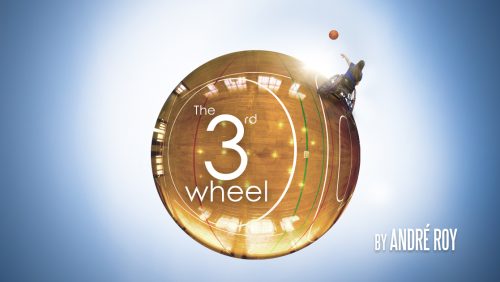
A gym teacher aspires to make sports accessible to two sisters who have muscular dystrophy. In a surprising twist, students without disabilities soon ask for wheelchairs to play basketball with them. What emerges is a movement of reverse inclusion that expands to an entire community, where the majority adapts to the minority.
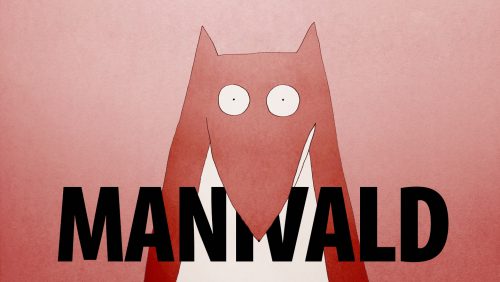
Manivald, a fox, is turning 33. Overeducated, unemployed and generally uninspired, he lives with his overbearing, retired mother and spends his days learning piano while she makes his coffee and washes his socks. It is an easy life, but not a good one. Their unhealthy co-dependence is about to collapse when the washing machine breaks down and in comes Toomas, a sexy and adventurous wolf repairman, to fix it, and them.
Tinged with typically absurdist Estonian humour, and featuring animator Chintis Lundgren’s faulty but loveable anthropomorphic characters, Manivald mixes the surreal and the heartfelt in its timely tale of an emotionally unnourished generation that continue to live with their parents well into their adult lives. The film pokes fun at the loving but sometimes unhealthy ties that bind parents and children, while celebrating the liberties of independence, self-discovery and growth.
A co-production between the National Film Board of Canada, Adriatic Animation, and Chintis Lundgreni Animatsioonistuudio, Manivald is Lundgren’s sly, quirky and refreshing take on the difficult and delicate bonds between a mother and son.
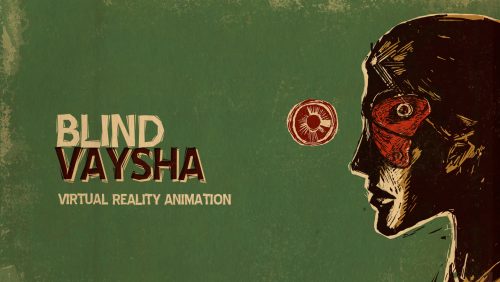
Vaysha is not like other little girls: she was born with a left eye that sees only the past and a right eye that sees only the future, and she cannot live in the present. Should she poke out one of her eyes so that she can live in the other’s temporal reality? Or is she doomed to perceive the world from this perplexing perspective?
Blind Vaysha is an expressionistic work that’s been created in three distinct versions: 2D, stereoscopic 3D and virtual reality (VR). Director Theodore Ushev embraced VR for one simple reason: to allow viewers to have a more visceral connection with his heroine. He uses this immersive technology to serve the purposes of narrative, not visual spectacle, and to make the central metaphor of his story, which is steeped in Buddhist wisdom, that much more compelling.
Each of these versions uses the same animation method: the traditional art of linocutting recreated on a graphics tablet, a popular tool for today’s animators. The result is a fascinating encounter between artistic tradition and cutting-edge technology—an apt way of perpetuating an exquisite, centuries-old form of visual art.

Two enemies stand face to face, observing each other.
In turn, each of them reveals the reasons behind their decision to go to war. How they came to take up arms to defend their values, their family, their tribe, or their faith—following in the footsteps of their parents and forebears who did the same.
What exactly do we know about these combatants? What do we really understand about the motives that push human beings to engage in combat—putting themselves at risk of both being killed and of becoming killers themselves? And why continue to fight over the course of several generations? What does freedom look like for these warriors? What is their future?
Israel and Palestine, Congo, El Salvador, North and South Korea, South Sudan, Kashmir—of all the conflicts in the world today, these seem to be the ones that most dramatically represent the improbability of those on opposite sides ever identifying with one another.

The Mountain of SGaana spins a magical tale of a young man who is stolen away to the spirit world, and the young woman who rescues him. Haida filmmaker Christopher Auchter’s dream-like gem brilliantly entwines traditional animation with formal elements of Haida art, which are brought to life by a rich, evocative palette and stylized effects.
As a young fisherman cruises along a rugged shoreline, a tiny mouse in Haida regalia appears and starts to knit a blanket. A story unfolds on the blanket as it grows longer, illustrating the ancient tale of Haida master sea hunter Naa-Naa-Simgat and his beloved, Kuuga Kuns. When a SGaana (the Haida word for “killer whale”) captures the hunter and drags him down into a supernatural world, the courageous Kuuga Kuns sets off to save him.
Will the lovers manage to escape the undersea Mountain of SGaana, or will they, too, become part of the Haida spirit world forever?